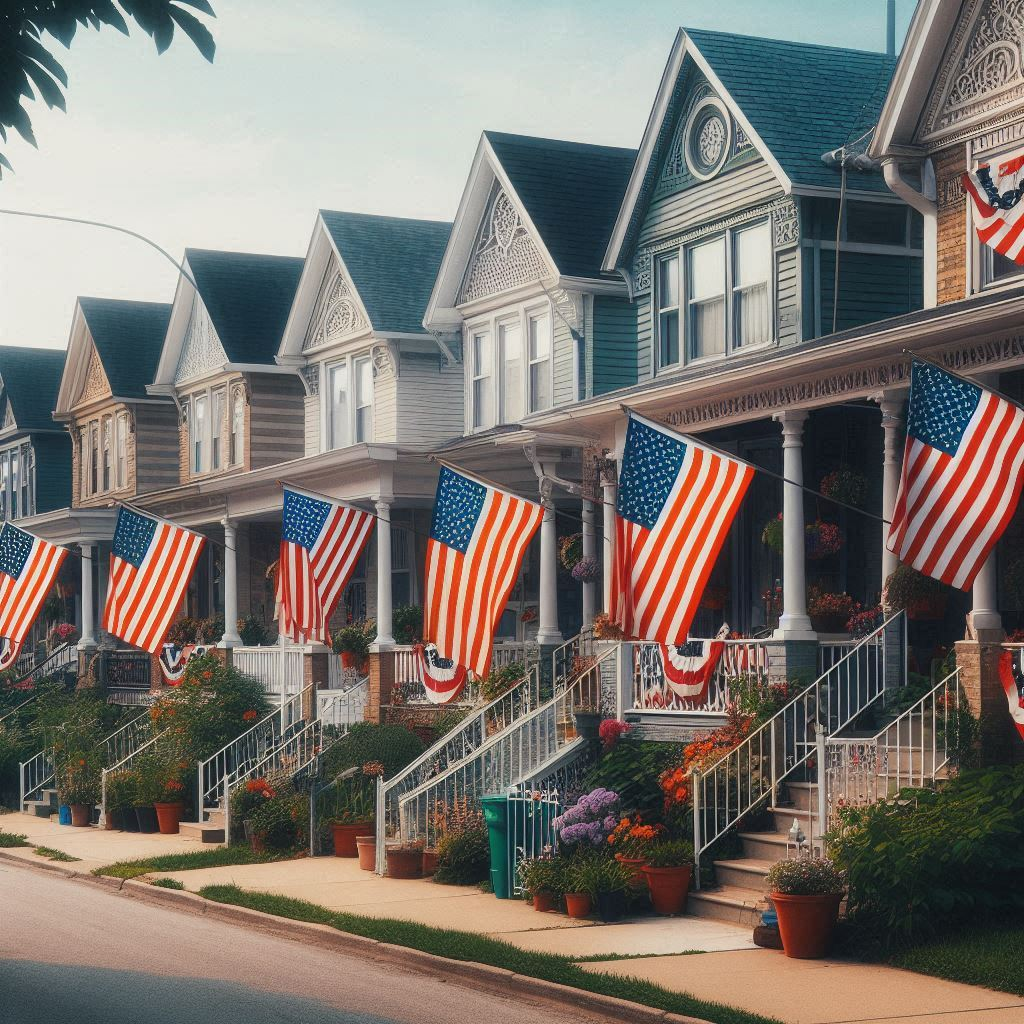
Flag Day Unfurled


Flag Day is a national holiday in the United States which takes place on June 14. It commemorates the adoption of the flag of the United States on June 14, 1777 by resolution of the Second Continental Congress.1The Flag Resolution stated: The national flag of the thirteen United States features thirteen alternating red and white stripes while the union displays thirteen white stars set on a blue field representing a new constellation.
History of Flag Day
There is historical significance to Flag Day. The Continental Congress formally approved the first national design for the United States on June 14, 1777. The Stars and Stripes serves as an emblem of American identity and unity.
George Morris of Hartford, Connecticut is recognized as the first person to propose a specific day for commemoration. Hartford City recognized Flag Day on June 14 in 1861 to commemorate the flag adoption. The observance failed to develop into a traditional practice. Bernard J. Cigrand organized the initial formal celebration of Flag Day at Stony Hill School in Waubeka, Wisconsin during 1885. Bernard J. Cigrand worked to spread patriotism and respect for the American flag. He promoted the importance of celebrating Flag Day every year on June 14.
President Woodrow Wilson issued a proclamation in 1916 which officially recognized the day. The official designation of June 14 as Flag Day came through this act. The United States Congress passed a law on August 3, 1949 that created National Flag Day. Title 36 of the United States Code recognizes the day although it remains outside the list of official federal holidays. The power to make an official proclamation regarding the observance rests solely with the president.
Rennerdale became the starting point in 1937 when Pennsylvania (where Ryan grew up) became the first state to recognize Flag Day as a state holiday. The United States Army celebrates its birthday every June 14 because Congress established the American continental army on that date following a consensus from the Committee of the Whole in 1775.
The U.S. flag becomes visible outside homes along with businesses and public buildings when Americans celebrate Flag Day with pride. Etiquette requires a brisk raise during morning ceremonies. The flag should be ceremoniously lowered at sunset. Many people choose to wear clothing items or accessories featuring the patriotic colors red, white, and blue. This method stands as a straightforward approach to demonstrate patriotic feelings.
Celebrations Across the Country
Annual celebrations include parades, ceremonies, and patriotic events organized by communities. The events typically showcase marching bands and color guards while delivering speeches that pay tribute to its symbolic heritage. Organizations conduct retirement ceremonies to properly dispose of old or worn-out flags. The American Legion in conjunction with additional veterans’ organizations typically perform these respectful services. The proper disposal includes burning them with dignity. Educational programs which teach about the history and significance are organized by both schools and community centers. Students receive instruction about the design features along with its color scheme. Students gain knowledge about what the stars and stripes represent.

People often sing patriotic songs like “The Star-Spangled Banner” and recite the Pledge of Allegiance during events. Expressions of loyalty and pride demonstrate why it holds great significance. Visitors explore Philadelphia’s Betsy Ross House where the original version is rumored to have been stitched.
Flag Day acts as an annual commemoration of the core American values and foundational principles that the nation embodies. During this time citizens honor their country’s past and acknowledge both their shared history and the heroes who protected the flag which stands as a symbol of the nation.



